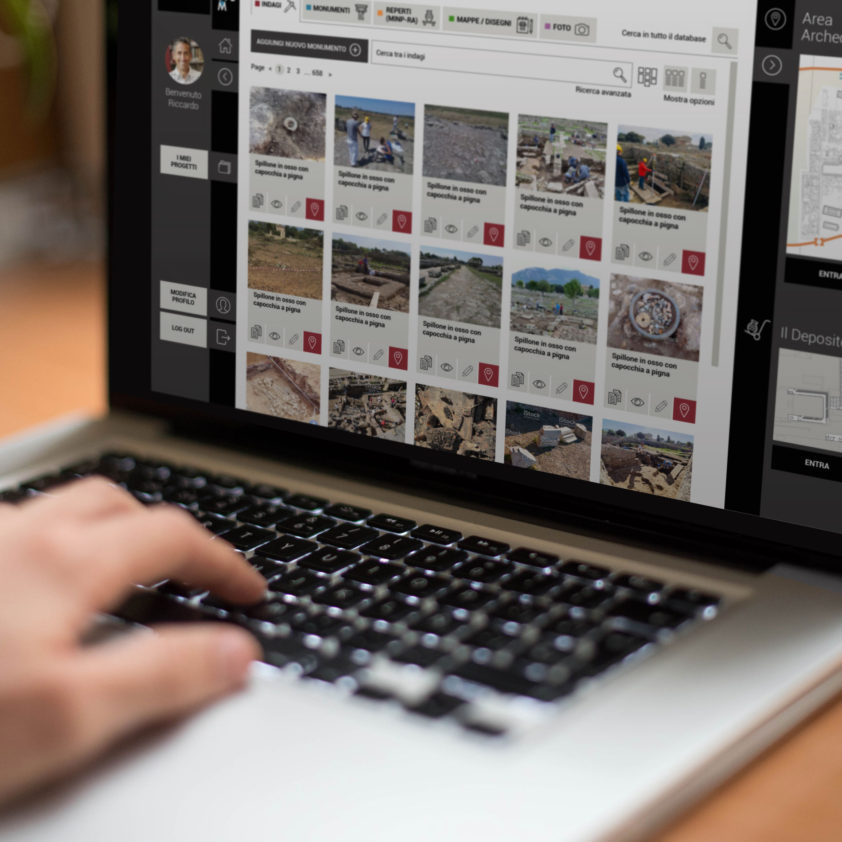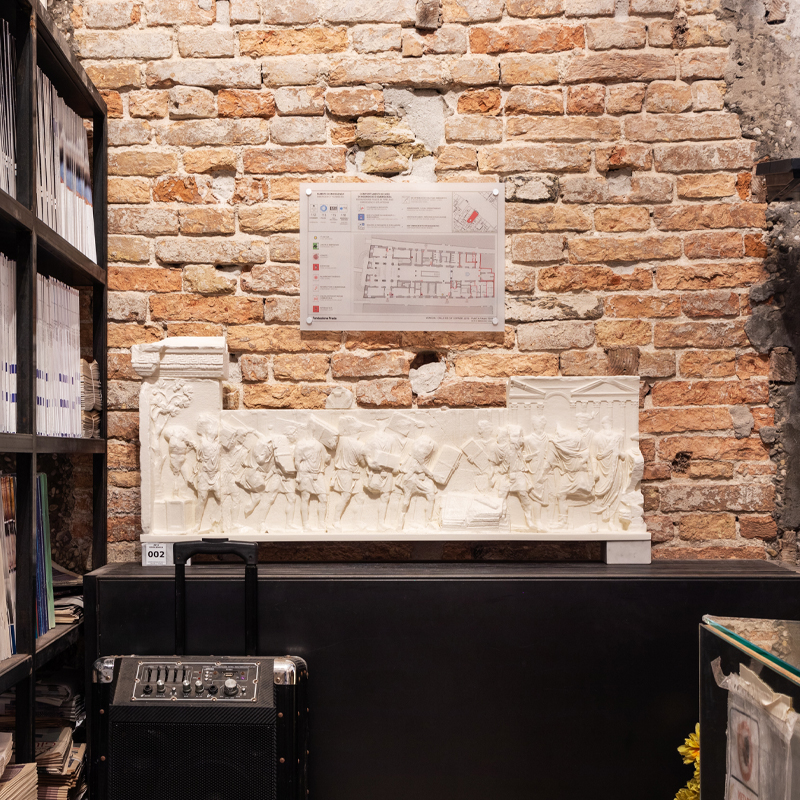ARCHEOLECTIO, historical archive digitalization
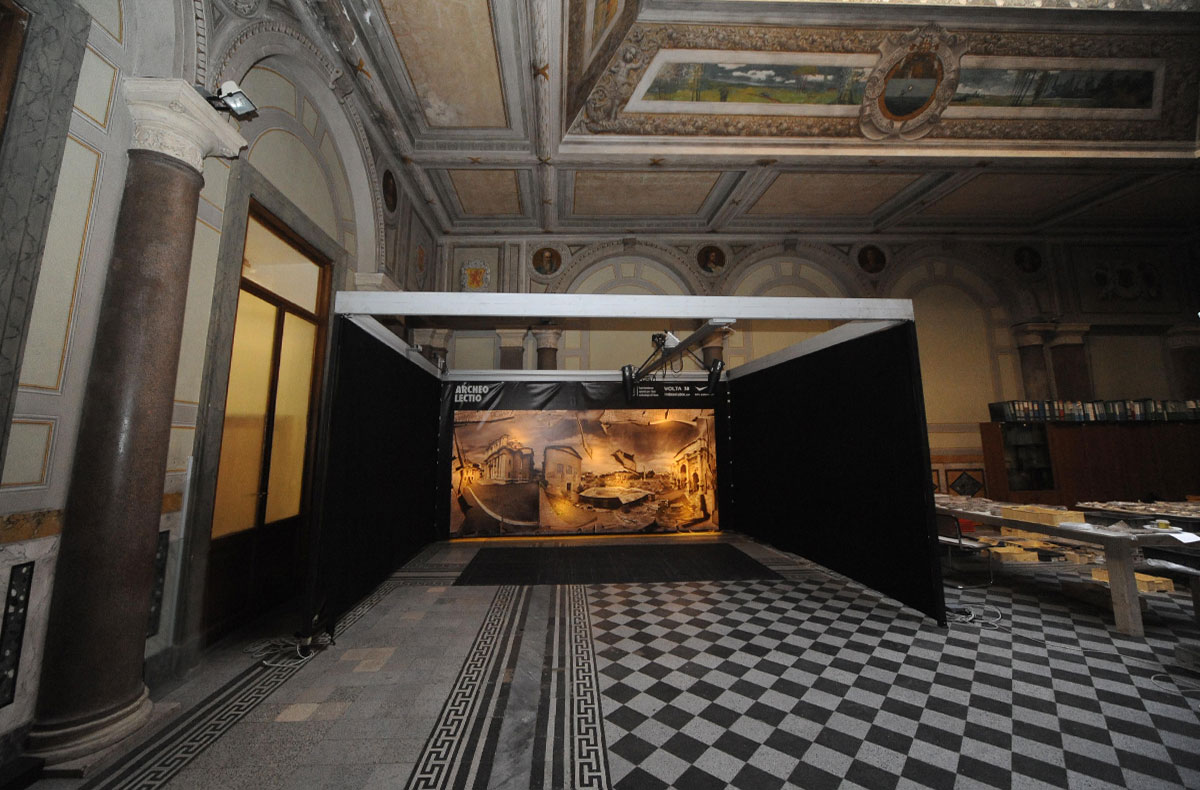
The Roman-Palatine Forum represents the heart of the Eternal City and illustrates the epitome of the stratification process bequeathed to us by ancient civilizations, as evidenced by the numerous excavation campaigns and the amount of archaeological material related to them.
The Sopraintendenza Speciale di Roma commissioned Visivalab to digitalize its archive, which includes the excavations that the archaeologist Giacomo Boni carried out in the Forum at the end of the 19th century. For this purpose, we created the ARCHEOLECTIO, a very high-definition scanner that we used for digitalizing the immense and delicate Soprintendenza’s documental heritage.
CLIENT Soprintendenza Speciale Archeologia, Belle Arti e Paesaggio di Roma, Museo Nazionale Romano
PARTNER Indissoluble
YEAR 2012 – 2013
FEATURES
- Planetary scanner for high-definition digital photography
- Modular tool for heritage digitalization
- Management of the documentary material
- Online databases
- ICCD criteria for image acquisition
- Lighting control and post-production
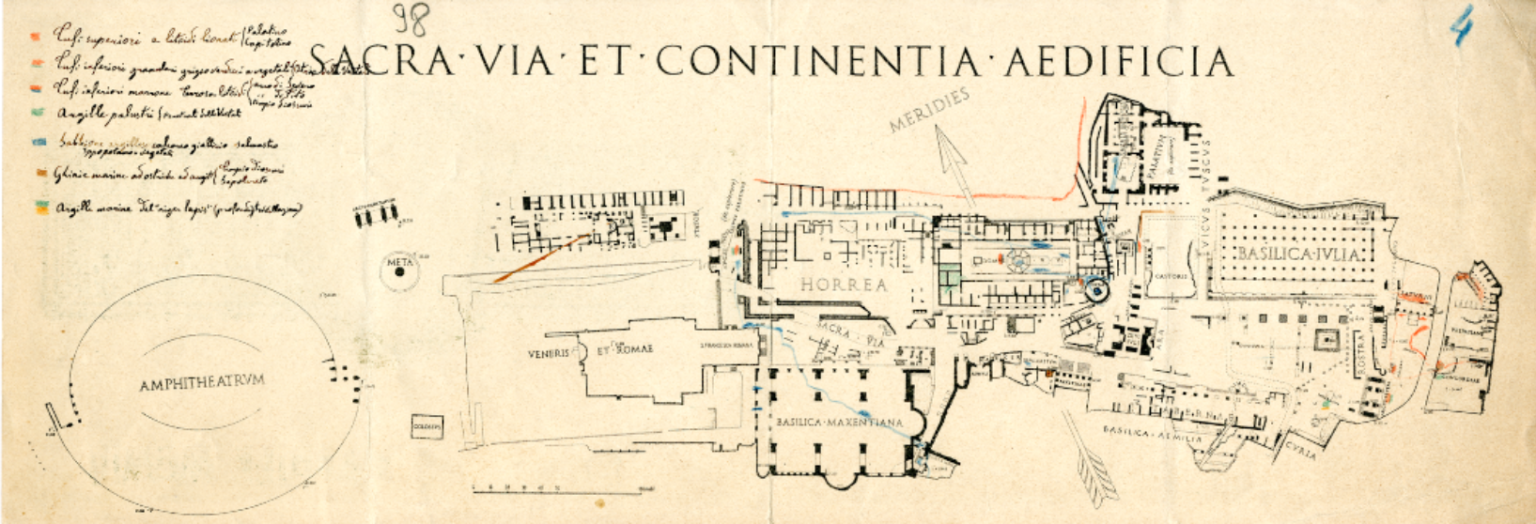
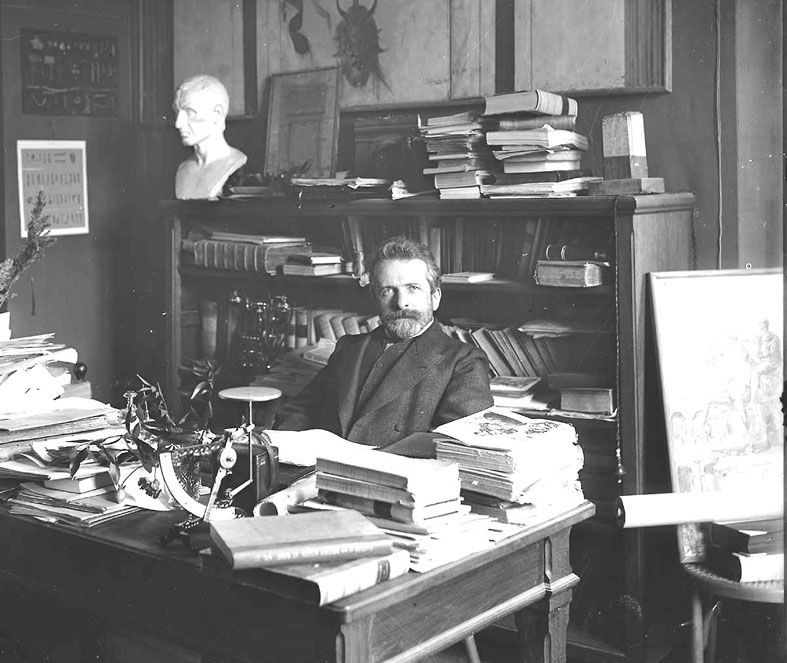
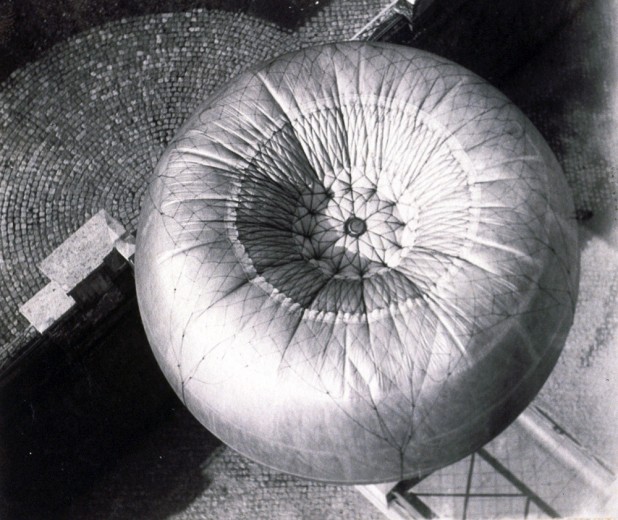
Palazzo Altemps houses the documents and drawings compiled by the archaeologist and collector Giacomo Boni, who was appointed Director of Excavations of Antiquity in 1898 and also founded the Library of the Roman-Palatine Forum.
The original core of the Palatine Library catalog is made up of volumes published between the 16th and 19th centuries, as well as a vast collection of excavation reports, graphic surveys, photographs, journalistic articles, and large-format documents, which have been fundamental for the reconstruction of daily and political life in the Roman Forum.
The project was divided into three phases:
- The Study of the material and planning
- Design, construction, and use of the ARCHEOLECTIO
- Post-production
THE STUDY OF THE MATERIAL
In the first place, we researched and analyzed the available documentary heritage. We examined all the visual evidence intending to create diachronic plans to follow the Forum excavations, which lasted from the 19th century to the first half of the 20th century.
Facing such an exceptional and delicate heritage, we designed cutting-edge technology that guaranteed a precise acquisition while allowing us to work on this material without causing it any damage.
The archive amounted to 2,500 paper documents, with a central core of valuable sketches (plans, sections, and elevations) of the excavations carried out by Boni in the Piazza del Foro. Due to the amount of material and the large dimensions of certain documents, we set up a temporary workspace within Palazzo Altemps itself, dedicated exclusively to the task of digitalization.
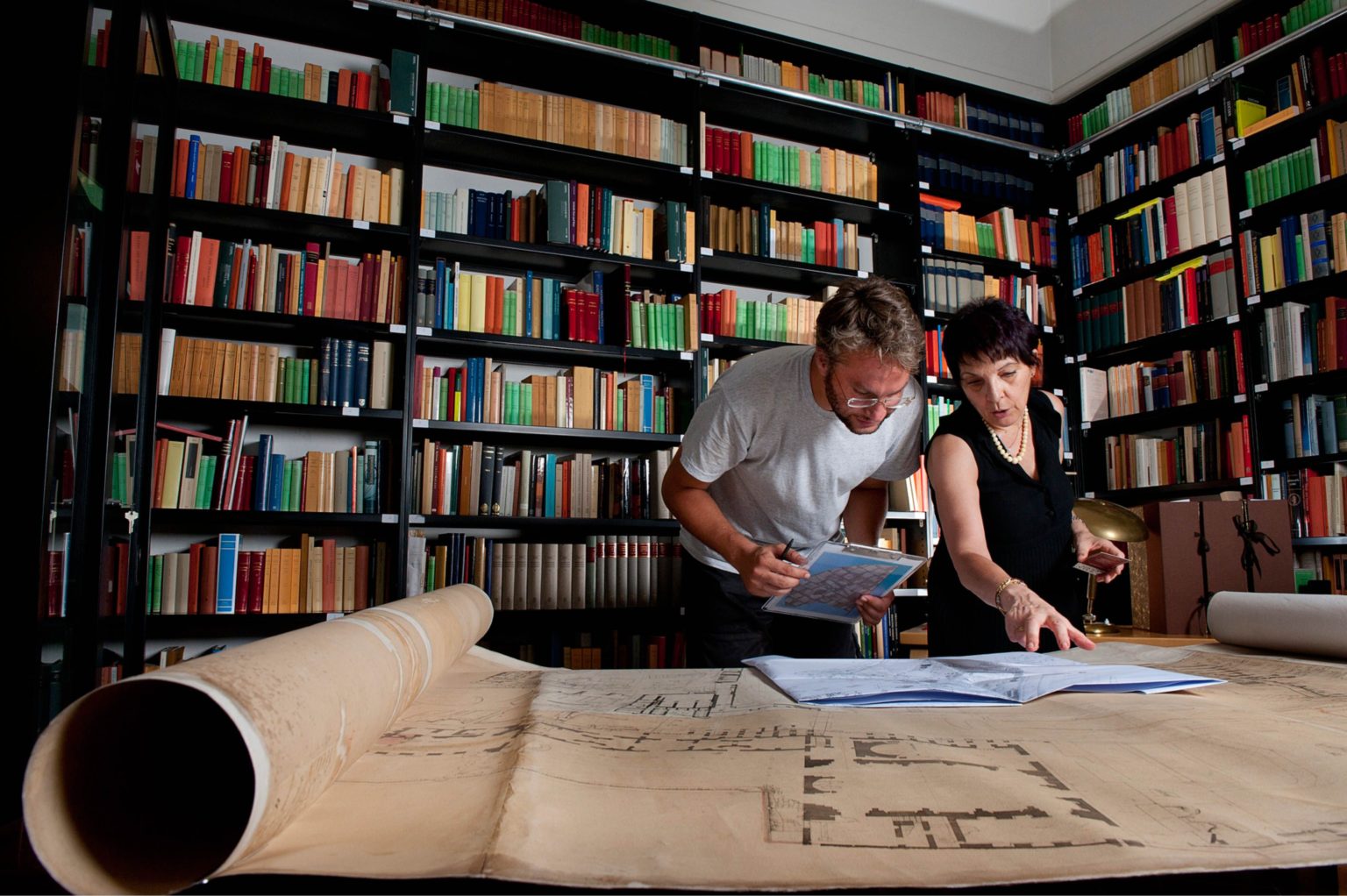
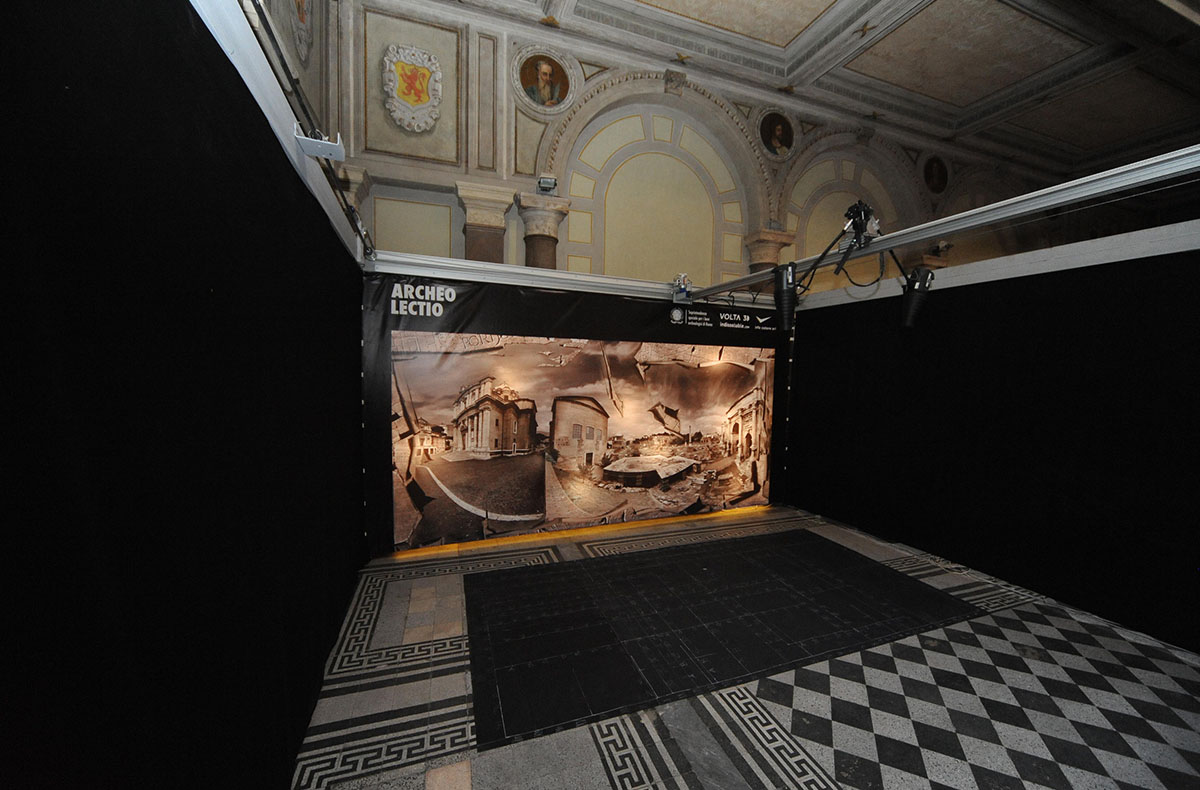
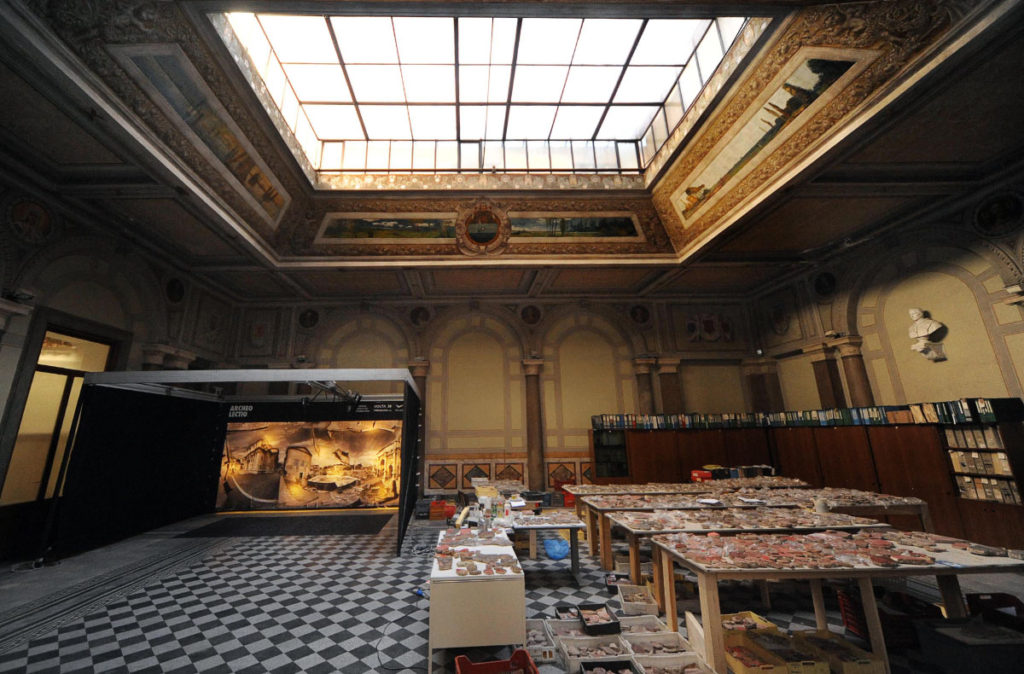
ARCHEOLECTIO: DESIGN, CONSTRUCTION AND USE
We created ARCHEOLECTIO as a state-of-the-art tool designed for the safe digital acquisition of the different kinds of material stored in the archive.
The instrument consists of a zenithal scanner with a large supporting structure (5 x 4.20 meters) resembling a stage. The scanning device is located two and a half meters high and has sliding rails and two lenses, which send the photographs to the central database that will digitalize them.
The original document is placed in the center of the structure and anchored with magnets designed to maintain its integrity without straining it. Depending on the file’s size, the scanner will take a different amount of shots, controlling the lighting to prevent variations of any kind.
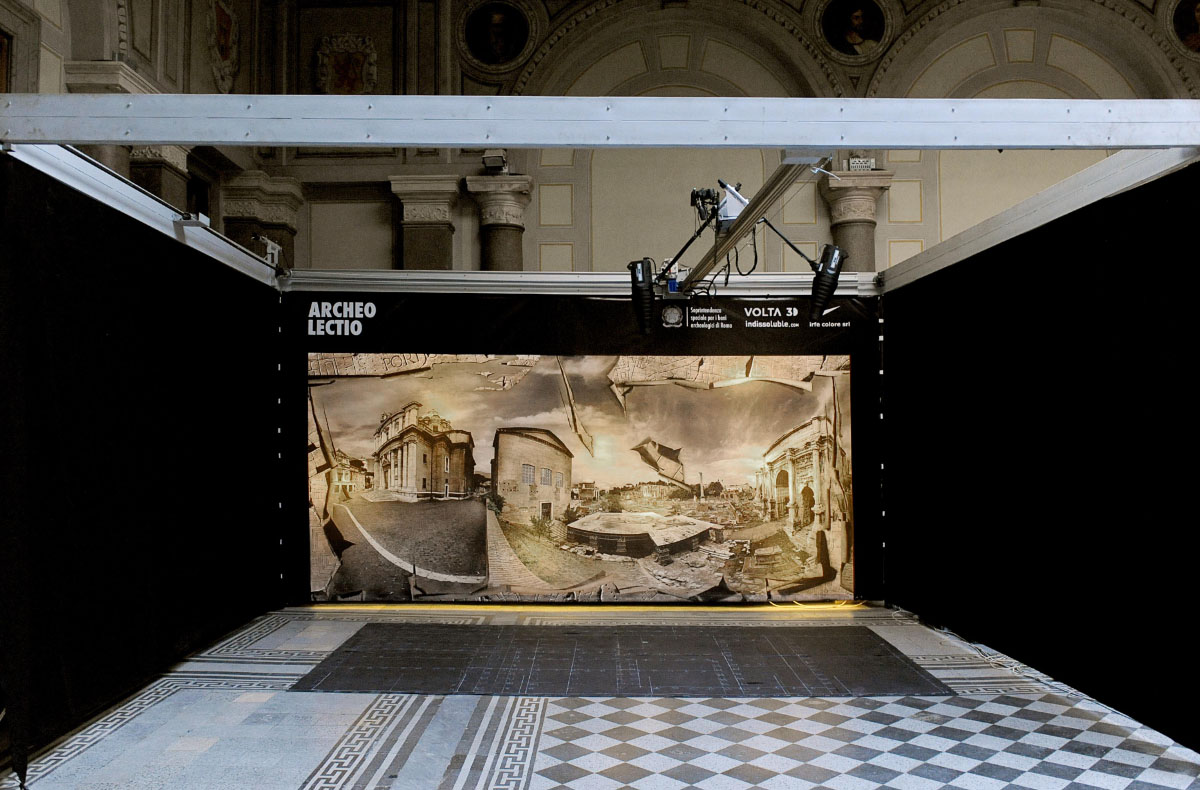
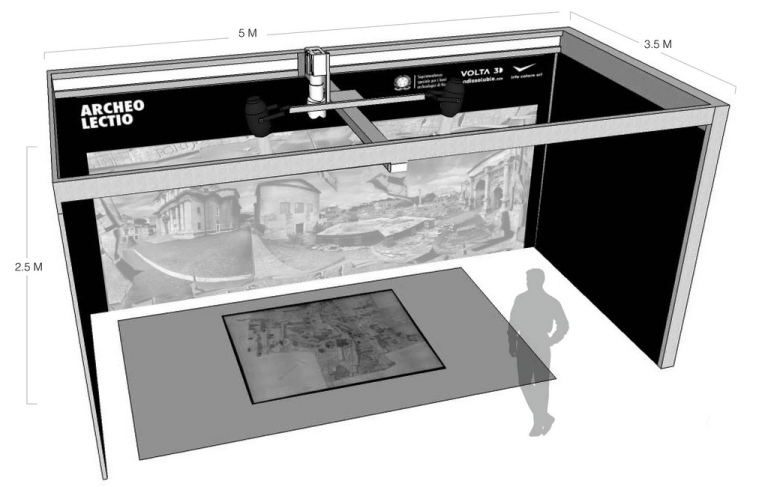
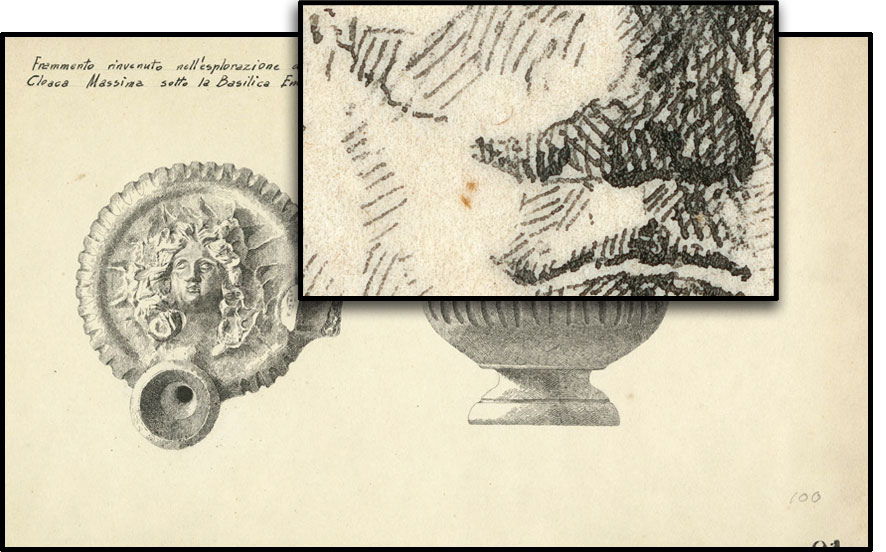
POST-PRODUCTION
The final photographs result from the blending and reconstruction of the multiple shots obtained during the scanning phase, which are recomposed with different image fusion programs.
Thanks to this procedure, we obtain uniform photographs, which maintain the resolution, depth of field, and color of the original documents. We accomplish high-quality images that allow appreciation down to the smallest detail of the material.
The post-production operations are also carried out with the utmost care to avoid distortions in the images in order to develop valid scientific products faithful to the historical archives. The digital images obtained with ARCHEOLECTIO are identical to the real ones, and with them, we can create a 3D reconstruction through the zenithal planes of floorplans and sections.
For further information, you can consult the reconstruction of the pictorial Palimpsest of the Church of San Pietro in Carcere of the Carcer-Tullianum complex.
HISTORIC ARCHIVE AVAILABLE FOR PUBLIC USE
The fundamental goal of the project sought to make available to the public heritage of great scientific and historical value while at the same time guaranteeing its conservation. In addition, the digital reproductions allow analyzing the original documents’ state of preservation so that, if necessary, they can be restored using appropriate techniques.
ARCHEOLECTIO has been conceived according to the regulations for the acquisition and storage of photographs of the ICCD (Central Institute for Cataloging and Documentation), and also complying with the guidelines set by Group 6 of the Minerva Project.
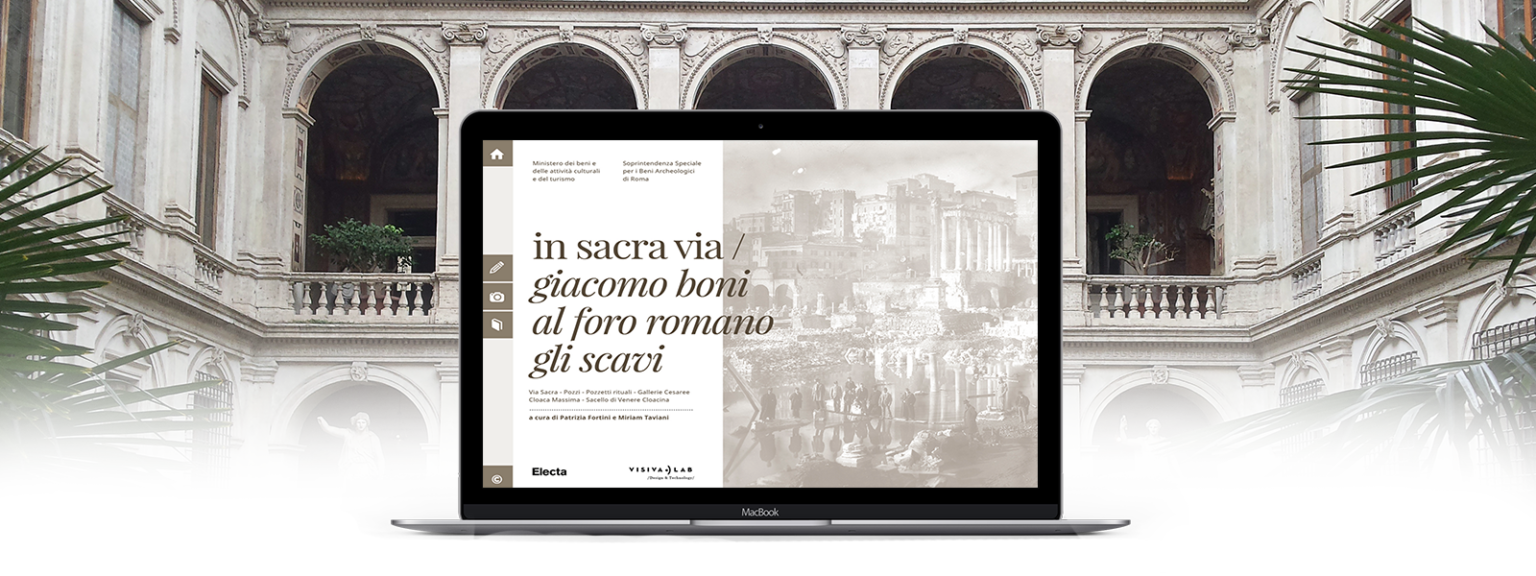
PUBLICATIONS
The project is included in the publication “In Sacra Via, Giacomo Boni al Foro Romano. Gli Scavi,” edited by Mondadori Electa publishing house. To expand the information of the paper edition, we also created a DVD with high-definition audiovisual content.
OTHER APPLICATIONS
Although the project housed in the Palazzo Altemps ended after six months, Visivalab has continued to develop this technology further and has applied it to other fields of study.
Likewise, we have digitalized materials in more inaccessible contexts, such as the archaic sanctuary found under the Lapis Niger in Rome, the Domus Transitoria, also in Rome, or the Tomba dell’Orco in Tarquinia. Another example is the digitalization of the frescoes and rich pictorial surfaces of Qasr Amra Castle in Jordan.
TECHNICAL INFORMATION
SOFTWARE
- MySQL
HARDWARE
- Arduino
- Zenithal lenses
- Anchor support for photo processing
PRESS
Archeolectio
INFRA-MINCE


